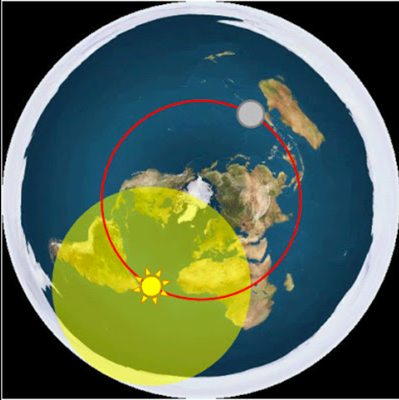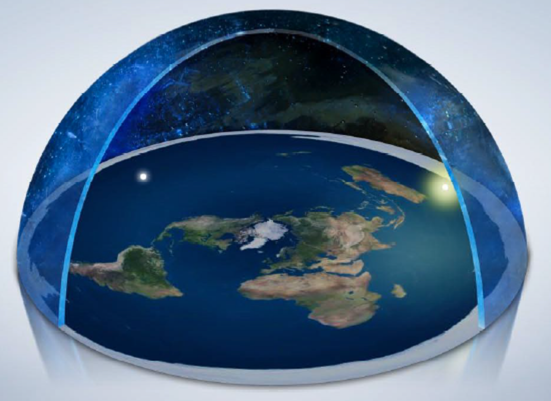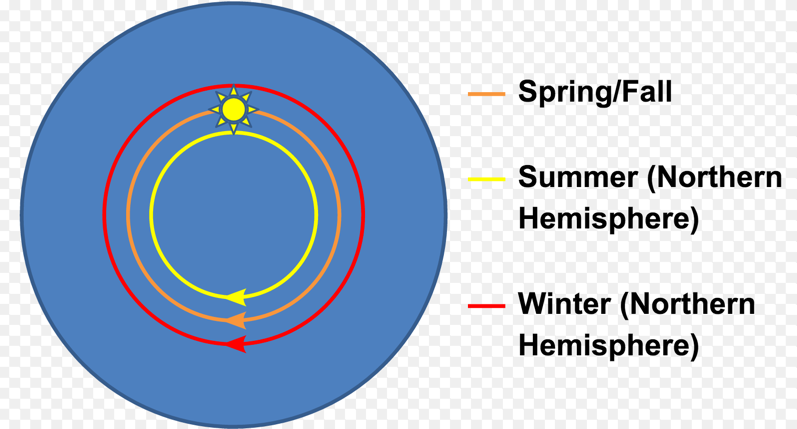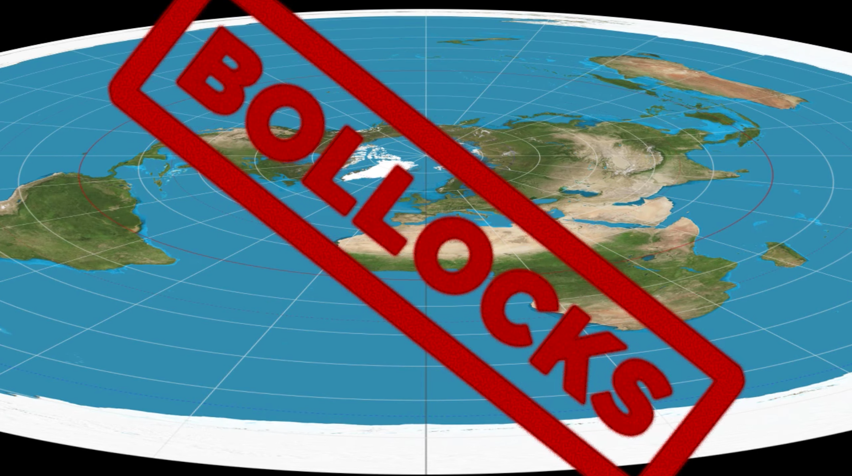Planet X - Nibiru: recent research fizzles out as the likelihood of there really being such a planet fades
Dear readers,
There was excitement last year when two Cal Tech researches (Konstantin Batgin & Michael Brown) completed a gravitation mathematical model that could explains why the orbits of the outer planets seemed to be perturbed.
But now, the existence of a real Planet X is fading as new search offers counter explanations for those perturbations, and Planet X still remains not found.
- - -
From the article - http://www.caltech.edu/news/caltech-researchers-find-evidence-real-ninth-planet-49523
Caltech researchers have found evidence of a giant planet tracing a bizarre, highly elongated orbit in the outer solar system. The object, which the researchers have nicknamed Planet Nine, has a mass about 10 times that of Earth and orbits about 20 times farther from the sun on average than does Neptune (which orbits the sun at an average distance of 2.8 billion miles). In fact, it would take this new planet between 10,000 and 20,000 years to make just one full orbit around the sun.
The researchers, Konstantin Batygin and Mike Brown, discovered the planet's existence through mathematical modeling and computer simulations but have not yet observed the object directly.
"This would be a real ninth planet," says Brown, the Richard and Barbara Rosenberg Professor of Planetary Astronomy. "There have only been two true planets discovered since ancient times, and this would be a third. It's a pretty substantial chunk of our solar system that's still out there to be found, which is pretty exciting."
Brown notes that the putative ninth planet—at 5,000 times the mass of Pluto—is sufficiently large that there should be no debate about whether it is a true planet. Unlike the class of smaller objects now known as dwarf planets, Planet Nine gravitationally dominates its neighborhood of the solar system. In fact, it dominates a region larger than any of the other known planets—a fact that Brown says makes it "the most planet-y of the planets in the whole solar system."
Batygin and Brown describe their work in the current issue of the Astronomical Journal and show how Planet Nine helps explain a number of mysterious features of the field of icy objects and debris beyond Neptune known as the Kuiper Belt.
- - -
From the article - http://www.skyandtelescope.com/astronomy-news/solar-system/new-wrinkles-in-the-search-for-planet-x/
New Wrinkles in the Search for “Planet X’
Are astronomers being misled by the quirky alignment of orbits that they’re finding in the distant Kuiper Belt?
Even as the count of known planets around other stars continues to climb, a small group of observational astronomers and dynamicists are fixated on something much closer to home: tantalizing clues that a super-Earth-size planet lurks undiscovered somewhere beyond the Kuiper Belt in our own solar system.
Some have dubbed it "Planet X," others "Planet 9," and right now observing teams are using some of the world’s largest telescopes in a race to track it down. One big problem is that they’re not sure where to look — or if it even exists.
The evidence so far is purely circumstantial. To recap, observers have started to accumulate discoveries of a class of far-flung objects in a kind of dynamical "no man's land." They have very eccentric orbits that average at least 150 astronomical units from the Sun (five times Neptune’s distance) but never come closer to the Sun than Neptune’s 30 a.u.
Chadwick Trujillo (then at Gemini Observatory) and Scott Sheppard (Carnegie Institution for Science) were the first to realize that the initial 12 such discoveries all had perihelia, the point of their orbits closest to the Sun, near the ecliptic plane (the argument of perihelion for each was near 0° or 180°). Although they initially thought this arrangement might be due to a distant, massive planet, an analysis last year by Ann-Marie Madigan (University of California, Berkeley) and Michael McCourt (Harvard University) concluded that one big planet wouldn’t do — but that a massive disk of Kuiper Belt objects in eccentric orbits would.
Discussion at - https://www.youtube.com/channel/UC7ipUKERU0tzYFxALJBli4A/discussion
kind regards, JonahTheScientist







